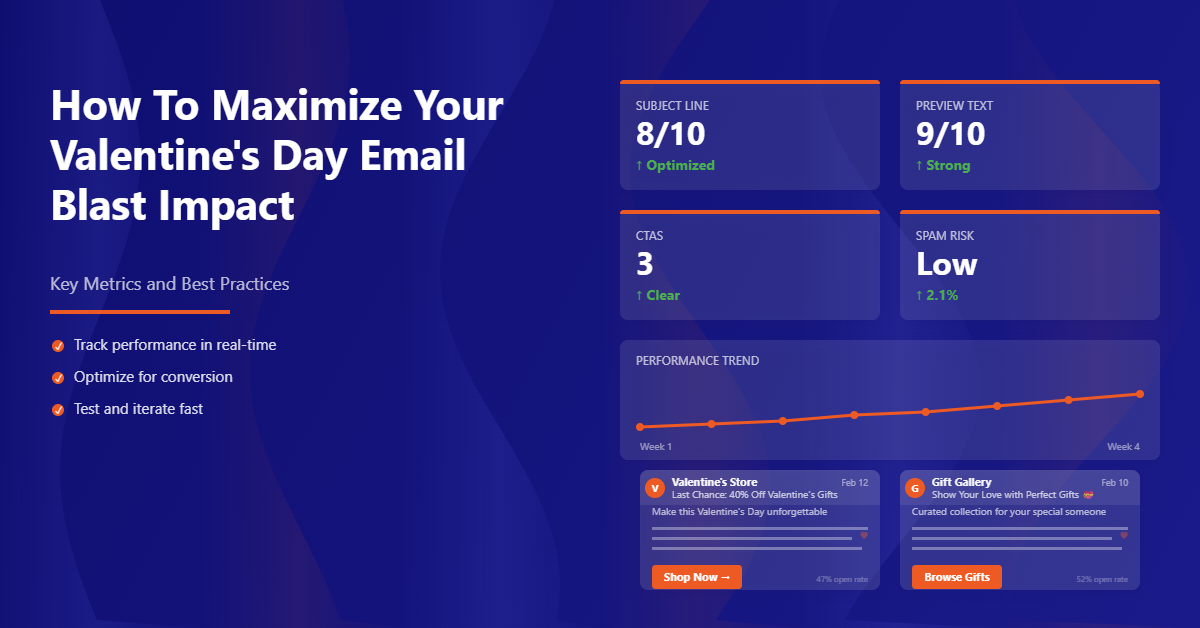What is A Spam Trap?
If you’ve been in the email marketing world for a while, chances are, you have heard about spam traps. Spam traps are one of the most misunderstood components of email deliverability.
What is a spam trap? A spam trap is an email address that is used by ISPs to identify spammers and other bad senders. These addresses are invalid and should never be emailed to (aside from a few exceptions, which we will review later). Sending to them can and will likely hurt your reputation with ISPs, which will, in turn, lead to deliverability issues.
Is every ISP creating its own rules? Absolutely not! All inbox providers work together when it comes down to filtering out and blocking malicious messages. When one provider finds a new sender or group of senders sending malicious messages or SPAM, they share this information with the rest of the providers so they can block those senders, too, thus protecting all consumers around the world.
Why are there So many Different Types of Spam Traps?
The ISP, ESP, or spam trap monitoring service can set up spam traps. Each one will have its purpose and use different spam traps. They could be used to catch senders who are breaking the law and sending unsolicited emails. Or they could be used to measure the quality of your email list. Spam traps are set up when a person is not actively using an address but they’re still receiving emails from spammers or poor-quality lists.
There are Several Good Reasons Why Your Business Should Avoid Spam Traps.
There are a few reasons why you want to keep your email marketing on the up and up (even if it’s not intentionally spamming):
- Your email address gets blocked. When an email lands in a spam trap, a marketer will likely notice that their emails aren’t being opened as much as usual. The marketer will see that their emails are being sent to what they thought was an active contact list at the time, but when they look into it further and realize that their emails ended up in spam traps, they’ll block the offending addresses. This means you won’t be able to send them emails anymore—which is less than ideal if you have products or services to sell.
- Your IP address gets blocked. It’s also possible that an internet service provider (ISP) will block your IP address if you’re sending too many emails that end up in spam traps, negatively affecting your email deliverability rates and preventing any future emails from being delivered.
- You lose your email-sending privileges. Suppose a marketer reports you for spamming them or inadvertently sending them enough spammy messages by hitting multiple spam traps. In that case, the ISP can suspend your email account from sending any more messages—at least until you prove yourself worthy of getting those privileges back again by cleaning up your list and putting some better practices in place (or just finding another service provider).
If A Spam Trap Finds You, it’s likely that you Will Be Blocked from Sending Future Emails.
If a spam trap finds you, it’s likely that you will be blocked from sending future emails. Your email address is blacklisted, which means that your ability to send emails is severely reduced. This can also reduce your spam score, resulting in your IP address being blacklisted as well. Should this happen, you may be forced to pay for removal from the blacklist and for legal fees to restore your reputation.
It’s important to know What you’re doing when it Comes to Email Marketing.
Now, if you’re doing all this for the first time and have no prior email marketing experience, it’s important to be aware of a few things. Most importantly, spam traps are an entirely different beast from list-building in general, and they can bite if you don’t know how to avoid them. This isn’t something to stress about so much as something to be aware of—there are many resources available to help you build your list safely from the beginning.
- Use the resources available to you
- Don’t try to do it all by yourself; get help from experts
If you don’t know what you’re doing, your email marketing efforts could end up hurting more than helping.
How Can I Avoid Spam Traps?
The best way to avoid spam traps is by maintaining a clean list. The following are steps you can take to keep your data as up-to-date and pristine as possible:
- Use a professional email marketing service that prevents messages from being sent to bad addresses. These services use algorithms to make sure the email addresses on your mailing lists are valid and up-to-date.
- Regularly remove or purge old email addresses. If you’re collecting new subscribers, you can usually export the old ones into an Excel spreadsheet or CSV file, depending on what program or tool you’re using. Look out for duplicate entries and delete them so that you only have unique records. This will help prevent people from getting repeated emails from you, which is likely to annoy them into marking your emails as spam. This process of removing unsubscribers (or anyone who hasn’t opened any of your emails in more than three months) should be a regular occurrence for anyone doing email marketing campaigns, but it’s especially important if spam traps are showing up in your inboxes regularly.
- Make sure that all of the email addresses on the list have been double opted in by clicking on a link within an initial welcome message sent by the company (i.e., for those who want to receive updates about new product releases).




